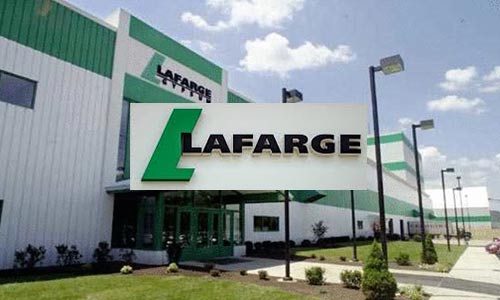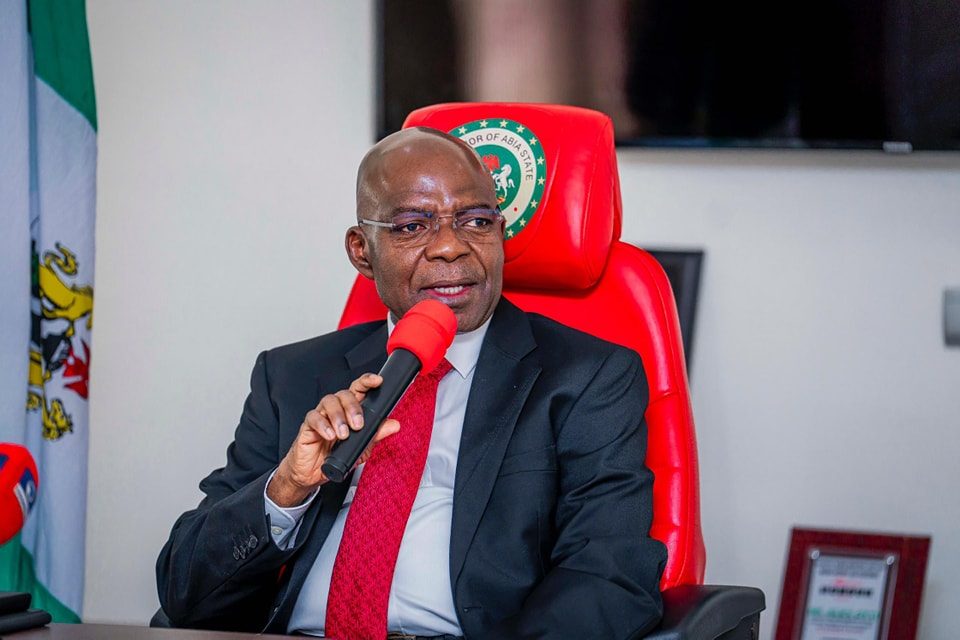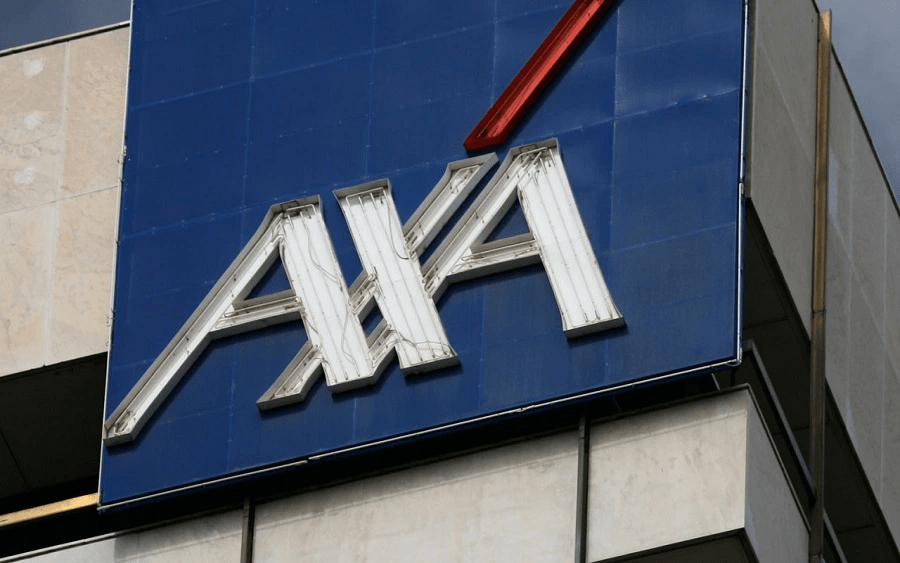The officers were accused of also constantly and forcibly having carnal knowledge of women in the communities. ArticlesRead More
Merits of Air Peace’s Abuja-London Flight Service
Merits of Air Peace’s Abuja-London Flight Service
Chinedu Eze
On Sunday, October 26, 2025, Nigeria’s major carrier, Air Peace, will mark its inaugural flight from the Nnamdi Azikiwe International Airport, Abuja to London Heathrow Airport.
That date will be a year and seven months that Air Peace commenced direct flight to London Gatwick from the Murtala Muhammed International Airport, Lagos.
Many Nigerians were impressed by the good record Air Peace has maintained so far in its Lagos-London flights and hope the airline will replicate same in the new route.
Some Nigerians who travelled with the airline to London gave reviews of the flights and some of them made recommendations. Almost all the reviews were positive and encouraging and it is because of the success of the operations that British authorities granted the airline the request to operate from Abuja to London.
Industry stakeholders gave kudos to the President of Nigeria, Bola Ahmed Tinubu and the Minister of Aviation and Aerospace Development, Festus Keyamo, for the invaluable support they give to Nigerian carriers, especially Air Peace on international flight service and the inclination of the administration to encourage the business community in Nigeria.
It was learnt that Air Peace has received commendations from the management of Gatwick Airport, London. As a very busy airport that operates on slot allocation, Air Peace came second best in descent of the aircraft to the runway (that is approach and landing) among 50-58 airlines that operate to that airport. This shows demonstration of high level skills and precision by the pilots of the airline who operate flights to London.
After many years, and over a decade, a Nigerian carrier is offering international flight services from Abuja to both London Heathrow and London Gatwick Airports.
The airline has said that travellers originating from any of Air Peace’s domestic destinations across Nigeria can now book through fares via Abuja to either Heathrow or Gatwick using a single ticket, eliminating the need for multiple bookings or baggage re-checks
Also, travellers from London can access multiple destinations across Nigeria using a single Air Peace ticket through Abuja every morning. These destinations are Lagos, Port Harcourt, Enugu, Benin, Warri, Owerri, Kano, Yola, Gombe and Asaba, for now. Other destinations will be added later.
Air Peace provides a distinct competitive advantage, enabling passengers to travel between Nigeria and the United Kingdom with greater ease, efficiency, and value, due to the possibility of choosing multiple cities entry and exit points.
The Nigerian carrier has the cheapest fare on that route, starting from only N1 million round trips with huge baggage allowance.
Spokesman of the airline, Efe Osifo-Whiskey, said: “With a proven track record of challenging the status quo and pioneering transformative routes in African aviation, Air Peace continues to raise the bar with the announcement of the Abuja–London service. The latest offer round-trip fares starting from just N1 Million and unmatched domestic connectivity is yet another bold step in democratizing international air travel for Nigerians.”
Osifo-Whiskey also spoke about how travellers were responding to the new route, saying: “The response has been very encouraging. Since the commencement of ticket sales for our Abuja–London flights, we’ve recorded strong bookings across all classes, reflecting growing passenger confidence in Air Peace’s expanding international network.”
He said that the feedback from travel partners has been overwhelmingly positive.
“Many of them have commended our competitive fares, convenient schedules, and top-notch service standards. They’ve also expressed excitement about the additional connectivity and flexibility this new route offers to their clients. We believe the Abuja–London service will further democratize air travel on that corridor by offering passengers more affordable and reliable options. Just like our Lagos–London operation, this new route is set to deepen competition, expand choices for travellers, and positively reshape the market dynamics in favour of Nigerian consumers,” he said.
Industry analyst and the Managing Director of Flights and Logistics Solutions Limited, Amos Akpan, said that Air Peace has boosted the image of Nigerian aviation industry.
“Nigerians have our own airline operating flights to a major hub airport in the world. So, we can now fly Air Peace to London Heathrow and join connecting flights to other parts of the world. Air Peace has world class quality services and ICAO/NCAA (International Civil Aviation Organisation/ Nigeria Civil Aviation Authority) certification that gives Nigerians the confidence to prefer Air Peace on Lagos – London Gatwick route. We expect more on Abuja – London Heathrow flights,” Akpan said.
According to Akpan, the Nigerian travel agents and the Nigerian air travellers have the opportunity to adopt fly Nigeria act not by mere words of advocacy, noting that if connection flights had been the excuse, Heathrow offers several connecting flights to several cities, adding that Air Peace needs to sustain its operations and secure more code share and alliances with other international carriers.
“Majority of passengers on that route are Nigerians, it shouldn’t be difficult for Air Peace to get patronage since all we need is reliable service whose quality is at par with, and likely above what the other carriers are offering us. Nigerians will not leave higher quality service to patronise less quality service because of patriotism. It’s good that Air Peace has demonstrated higher quality so far on international routes,” Akpan said.
He however noted that competition will be stiff and long drawn but Air Peace already knows what to expect.
“My unsolicited advice to Air Peace include: Don’t fall for the ambush against compliance with regulations. Navigate aviation politics with diplomacy. Be disciplined. Get financial support for long drawn battle against competitors. Seek cooperation and partnerships,” he further said.
The Chairman and CEO of Air Peace, Dr. Allen Onyema, during a recent event, acknowledged federal government’s support and expressed gratitude to the British government that facilitated the Abuja-London operation.
In addition to the two daily flights to London from Abuja and Lagos respectively, Air Peace has other international routes it is billed to operate.
According to Onyema, “Air Peace will also begin direct flights from Lagos to Brazil; Lagos to Antigua and Barbuda in the Caribbean. Its Lagos-Brazil direct flights will cut down on the number of hours passengers spend from Lagos to the Samba City to just seven and a half.
He added that, right from 2014 when it began commercial operations, Air Peace resolved to become a big player in not just the Nigerian aviation sector but internationally.
At a conference held in Lagos recently on the airline’s operations, the Air Peace Chairman spoke about the safety protocol of the airline and how the airline is run professionally.
“Air Peace has zero tolerance to unsafe practices. What we sell to Nigerians and the world is our safety protocols. We are very proud of our safety records. Air Peace has been validated to the pride of this nation by one of the most stringent agencies, or the most stringent Civil Aviation Authorities, all over the world.
“We passed the Israeli audit, one of the most stringent Civil Aviation Authorities in the world, Air Peace passed it. And that was how the Israelis gave us approval to commence direct flight operations into Tel Aviv. Today, Air Peace is not doing wet-lease operations to London because we passed their audit with own aircraft. So, Air Peace is going to London bona fide because the British and European authorities came here and audited our airline. And we passed in excellent colours.
“That is why they approved us to fly our Nigerian registered aircraft to London. In the last one and a half years, Air Peace has proved its mettle on that international route (London). To the admiration of those that gave us that validation. We never cancelled flight for one day. The only times we delayed flights were the times the airport authorities called on us, telling us to delay our departures from Nigeria because they were doing runway repairs, telling us to don’t come early, please delay your flight by two hours,” he said.
Chinedu Eze On Sunday, October 26, 2025, Nigeria’s major carrier, Air Peace, will mark its inaugural flight from the Nnamdi Azikiwe International Airport, Abuja to London Heathrow Airport. That date




